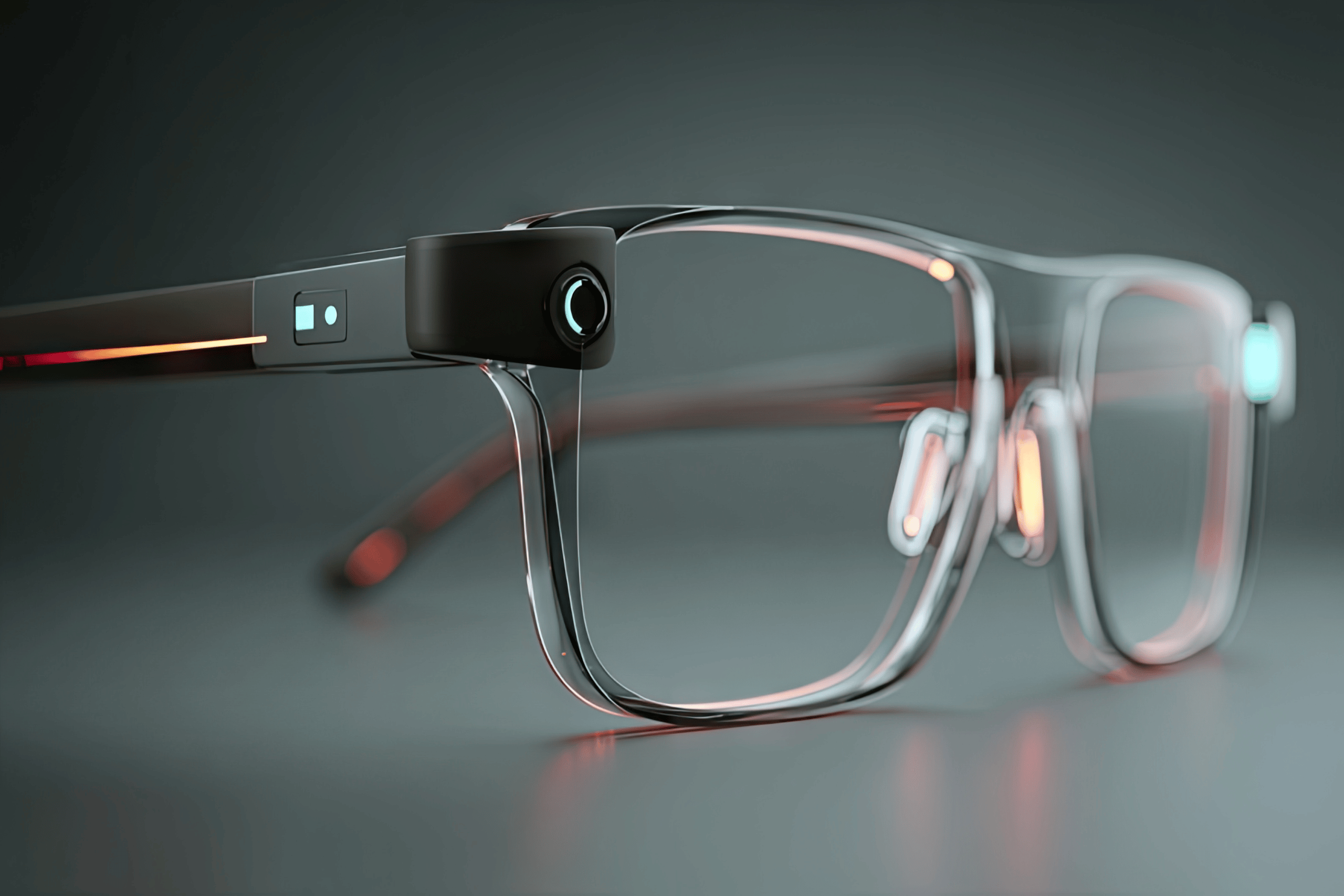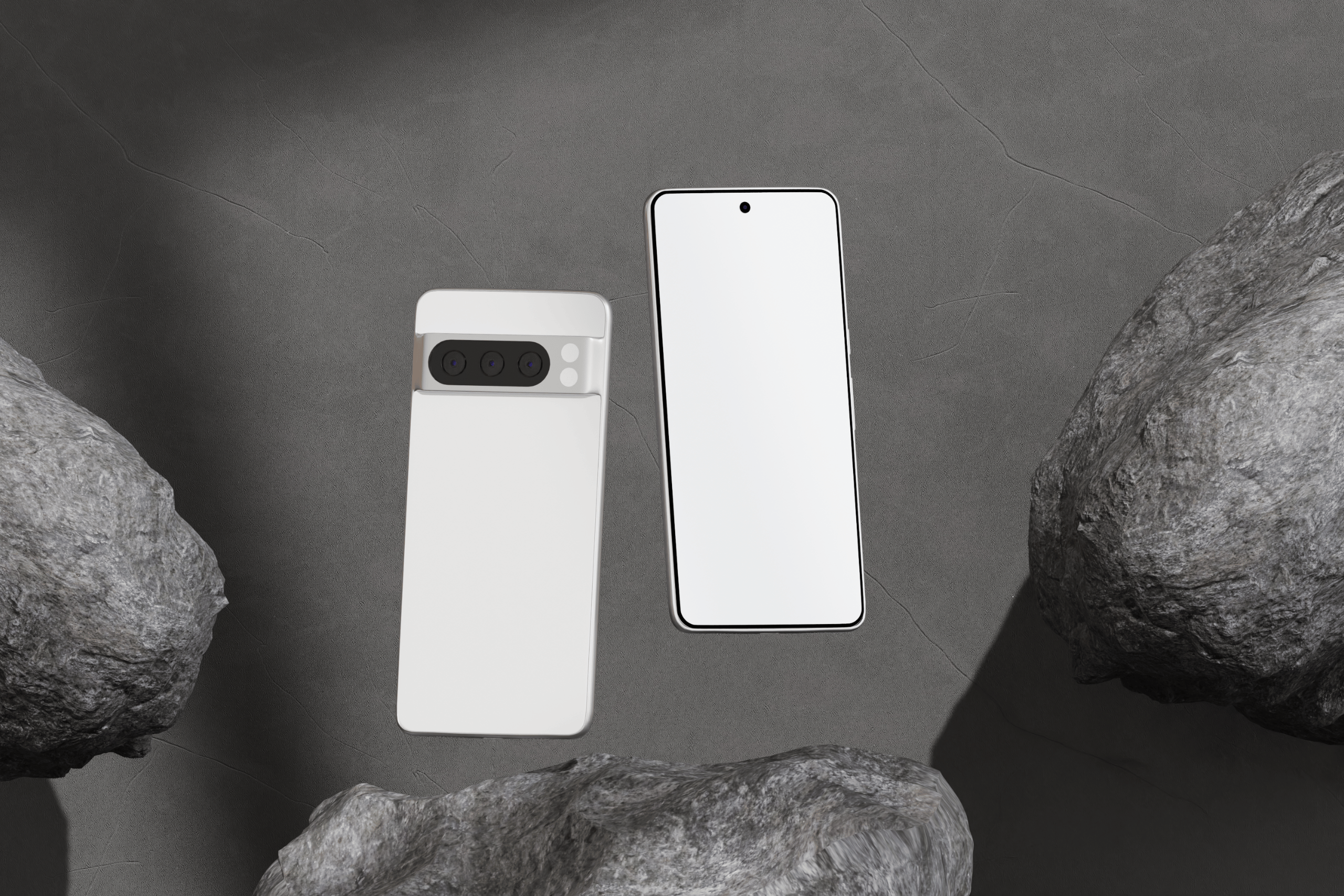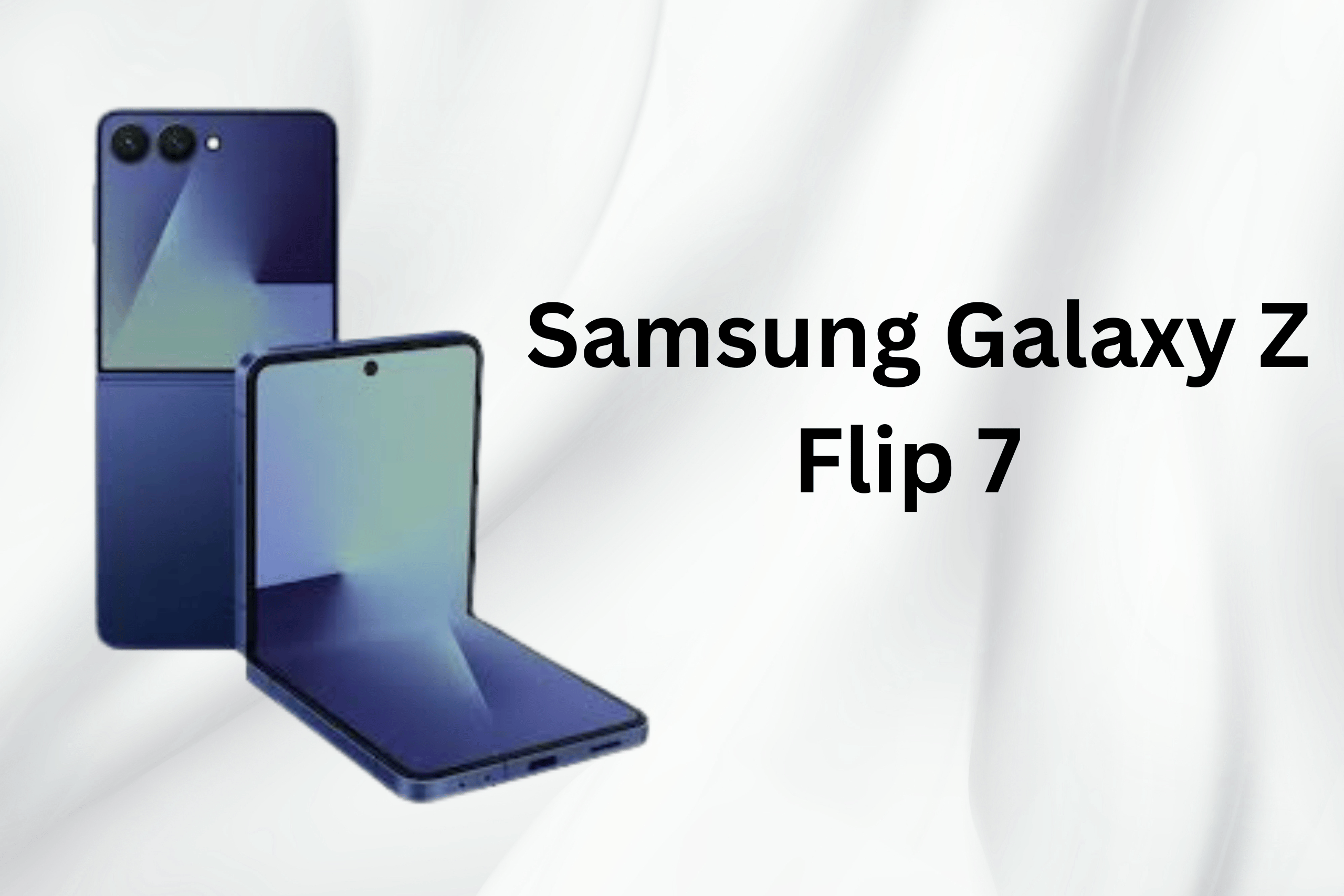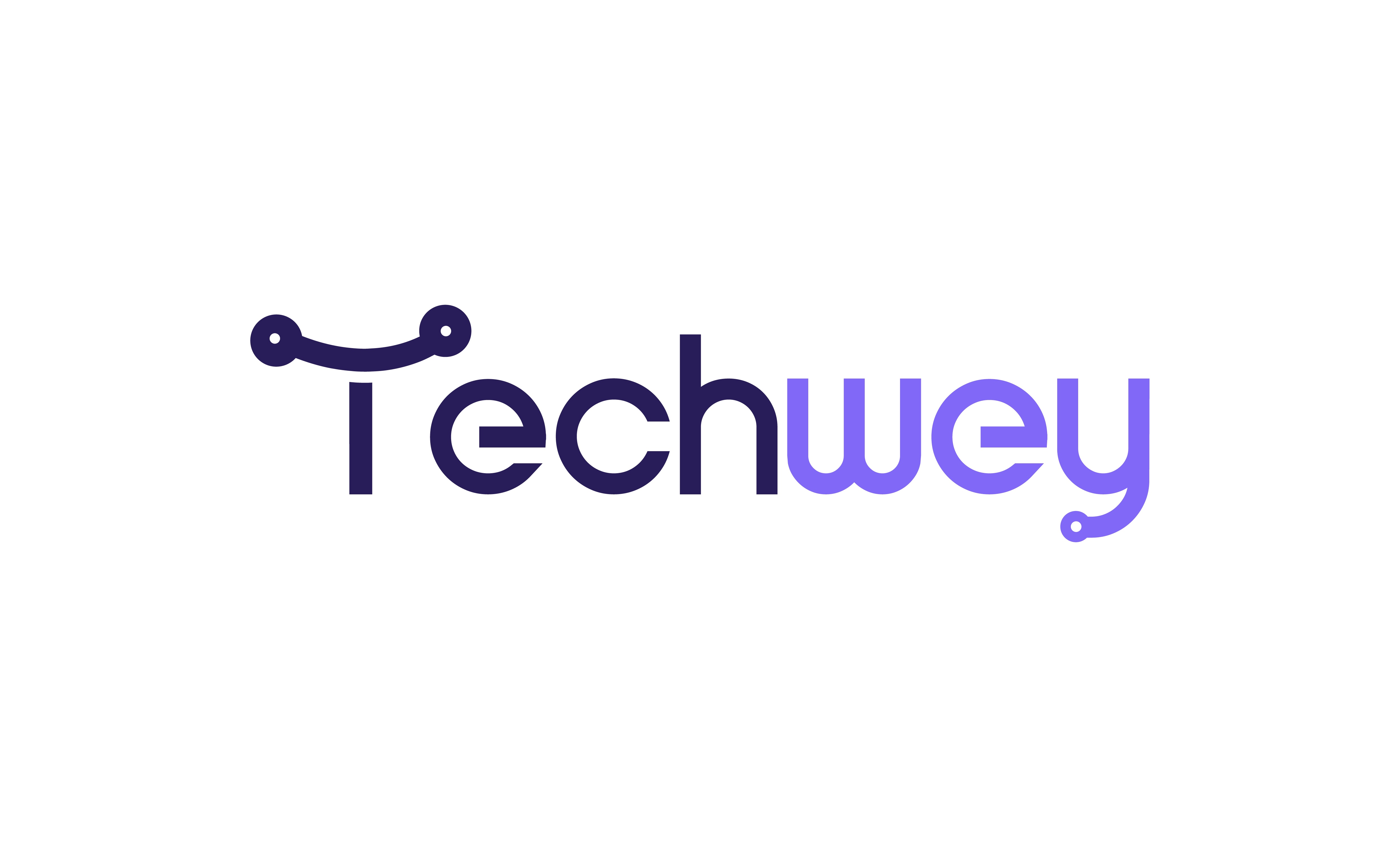
As wearables evolve, seamless interaction has become a frontier challenge. Helios 2.0, a new gesture recognition system, promises to bring intuitive control to smart glasses, AR headsets, and related wearables while consuming minimal power. arXiv
By using event-based sensors and a microgesture vocabulary (like thumb swipes and pinches), Helios 2.0 can translate natural hand movements into commands without draining battery life. The system operates in the 6–8 mW range, a critical improvement over prior approaches. arXiv
How Helios 2.0 Works
- Event-sensor architecture: Rather than capturing full video frames, Helios processes changes in sensor data (events), cutting down on computational overhead.
- Microgestures: Simple gestures like thumb swipes or pinch gestures were chosen to minimize variation across users and contexts. The system achieved F1 scores above 80% in trials. arXiv
- DSP acceleration: The design leverages a Qualcomm Snapdragon Hexagon DSP to offload processing efficiently.
- Low power footprint: With a 2-channel implementation achieving >70% accuracy and full 6-channel reaching >80%, the power savings are significant. arXiv
Implications for Wearable Tech
This technology has potential to transform how we interact with AR, smart glasses, and minimal interfaces:
- Hands-free control: Without needing touchpads or voice, users can interact discreetly by moving fingers.
- Battery-friendly operation: Ultra-low power means longer wearable use between charges.
- Broader adoption: Designers can integrate gesture input into smaller, lighter wearables without huge power penalties.
Helios 2.0 bridges a key gap: intuitive input that doesn’t “eat your battery.”
Challenges & Next Steps
- Robustness across environments: Gesture detection must remain reliable in sunlight, shadows, and different hand types.
- Gesture vocabulary limits: Expanding to more complex commands without confusion is a design hurdle.
- Integration & hardware constraints: Embedding event sensors and DSPs into various wearable platforms may require redesigns.
Final Thoughts
Helios 2.0 is a strong step forward in making gesture control practical for real-world wearables. Its blend of natural gesture recognition and ultra-efficiency addresses one of the biggest barriers to adoption. As AR glasses, mixed reality headsets, and smart wearables proliferate, technologies like Helios could become the standard interface layer — letting users interact effortlessly without draining batteries or relying on clunky input schemes.
Read more tech related content here.






Leave a Reply